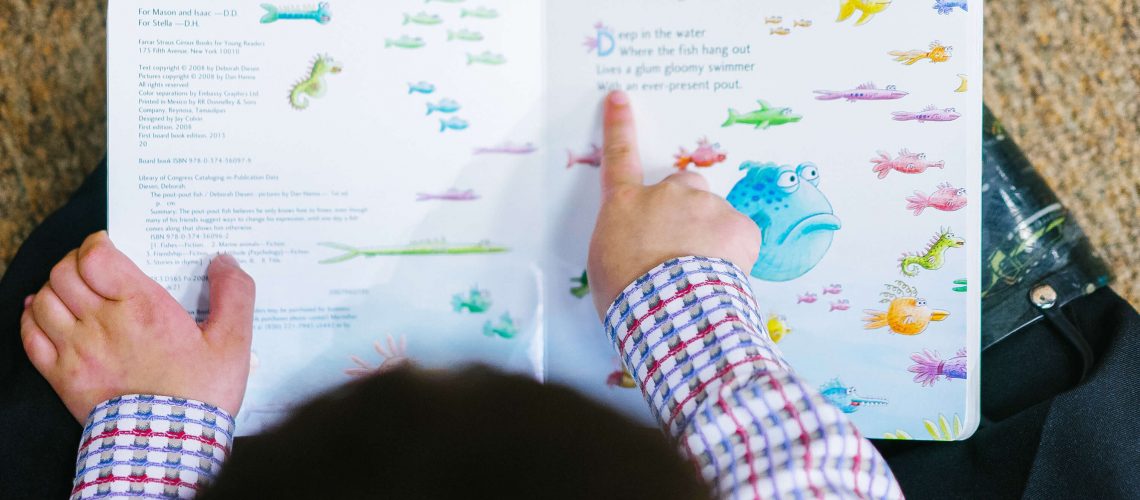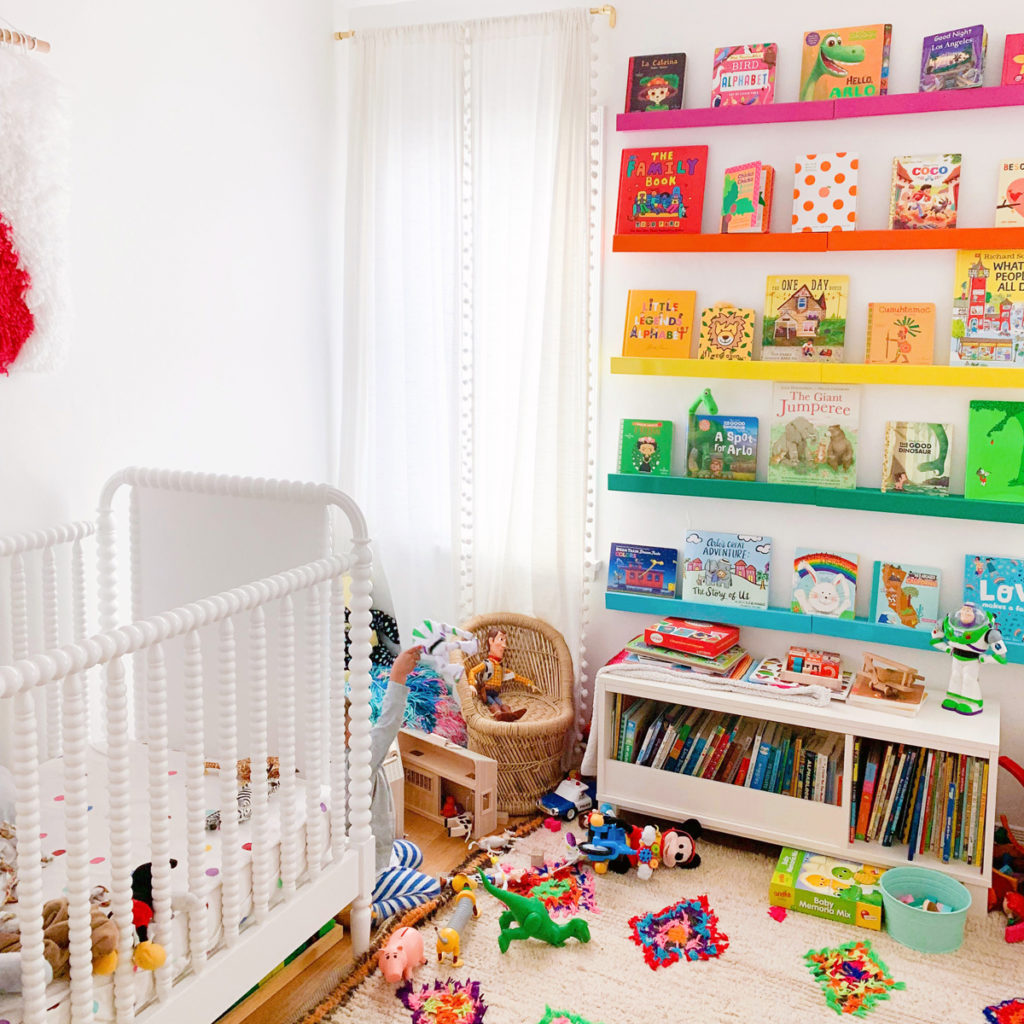One of the most common question I’m asked by parents is “how do I capture my child’s attention when storytelling? How do I make me child to sit through the entire story?”
I’m totally with you, especially with the many distractions that seem to fascinate a child, other than the book! As a storyteller who has to hold a child’s attention when storytelling every week, here are my top tips:
1. Have a signal that says “it’s time for a story”
There are many ways to do this. Here are some methods:
• Walk to the book shelf and ask “It’s storytime! What shall we read today?”
• Sing a little jingle like “It’s storytime, onto my lap you climb.”
• Put on a reading cape or hat. This can be a towel or newspaper hat.
• Have a printed sign that says “Storytime. Do Not Disturb.” that your child can put up before starting each time.
2. Let them choose the book
The #1 thing people their boss to give is “autonomy”. Same thing applies to your kids. Let them feel a sense of control and contribution by letting them decide how to spend the next 10 – 30 minutes of their time. If they pick the book, they are more motivated to be part of the process.
3. Let them be part of the storytelling
What I don’t like about the term “storytelling” is that it suggests that someone tells, and the other listens. It’s such a passive (and potentially boring) way to spend time. Some ways you can let them be involved are letting them:
• Turn the page
• Use their finger to follow the words (you can hold their finger together for younger children)
• Repeat key words after you
• Describe or find things in the illustrations
• Have actions for key words or the names of the characters. Using sign language is especially useful to help them have other ways to express themselves.
4. Have a thingamajig
I learnt this from a Red Indian storyteller (for real!). For the times when his war bonnet (the huge feathered head gear) is not enough to hold a child’s attention, he takes out a stone from his pocket and passes it to the child. The child usually spends the rest of the session fascinated with the stone, or fascinated with the storyteller for the gift. Whatever the case, the child sits quietly with the words rolling around her (or him).
5. Pay attention yourself!
I’m often amused when I see parents tug at their children’s sleeves and frown at them to pay attention, only to turn back to their handphones when I’m telling a story. Look, I totally get it that these are times when you can catch up on your whatsapp messages since your child is safe and presumably being entertained by someone else. What it does say though is that “my handphone is more interesting than what the storyteller is saying.”
Children pick up these cues and form impressions based on your behavior. If your own attention is not captured, then your child’s attention when storytelling will likely be fledging.
How can we circumvent this?
If the child is old enough, step out to answer your texts. If they are still young and need supervision, listen to the story with them and they are likely to mirror your attentiveness too.
This way, your child knows what the expected behaviour is during your own storytelling time at home.
What do you think?
Which one do you think will best hold your child’s attention when storytelling? What has been the most effective method for you? I would love to hear them, so share them with me in the comments below!
PS: We’ve made it easy for you to select books to read! Here are our top 3 superhero books and top 3 fave elephant books to read to children, with loads of other book lists on our blog!





